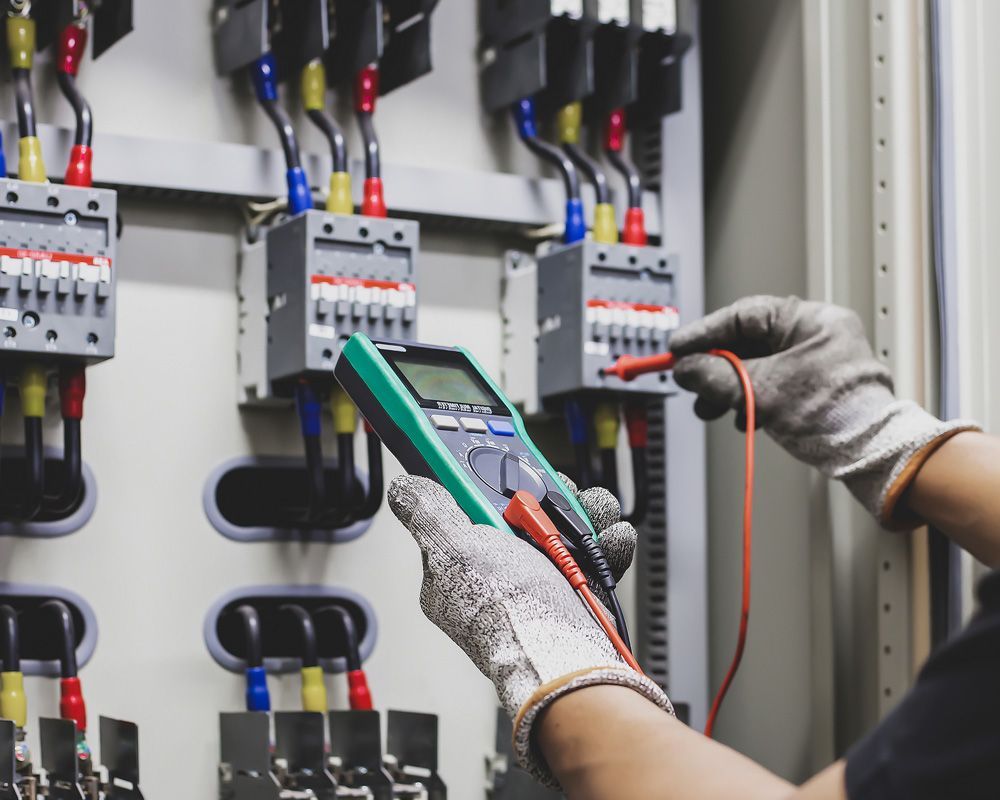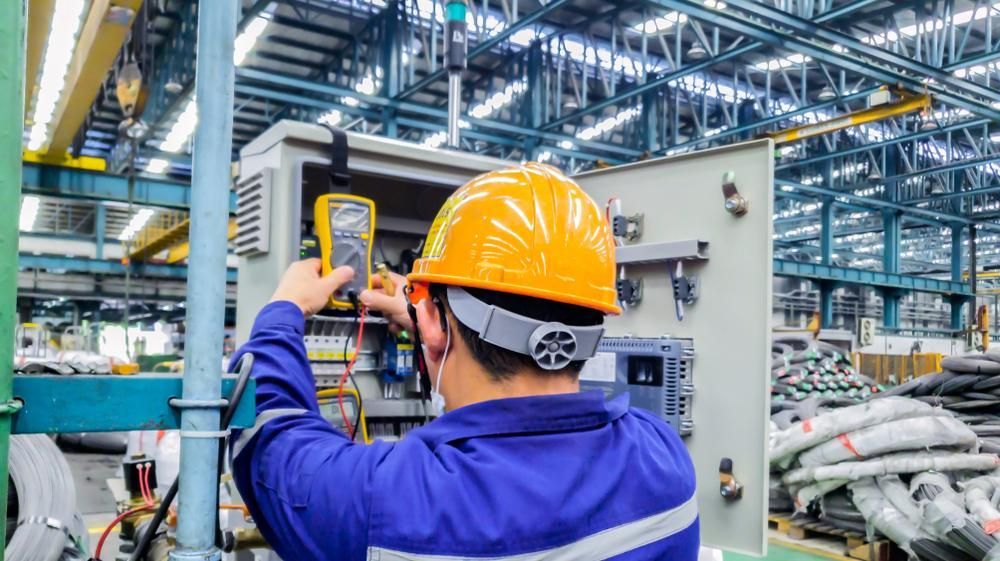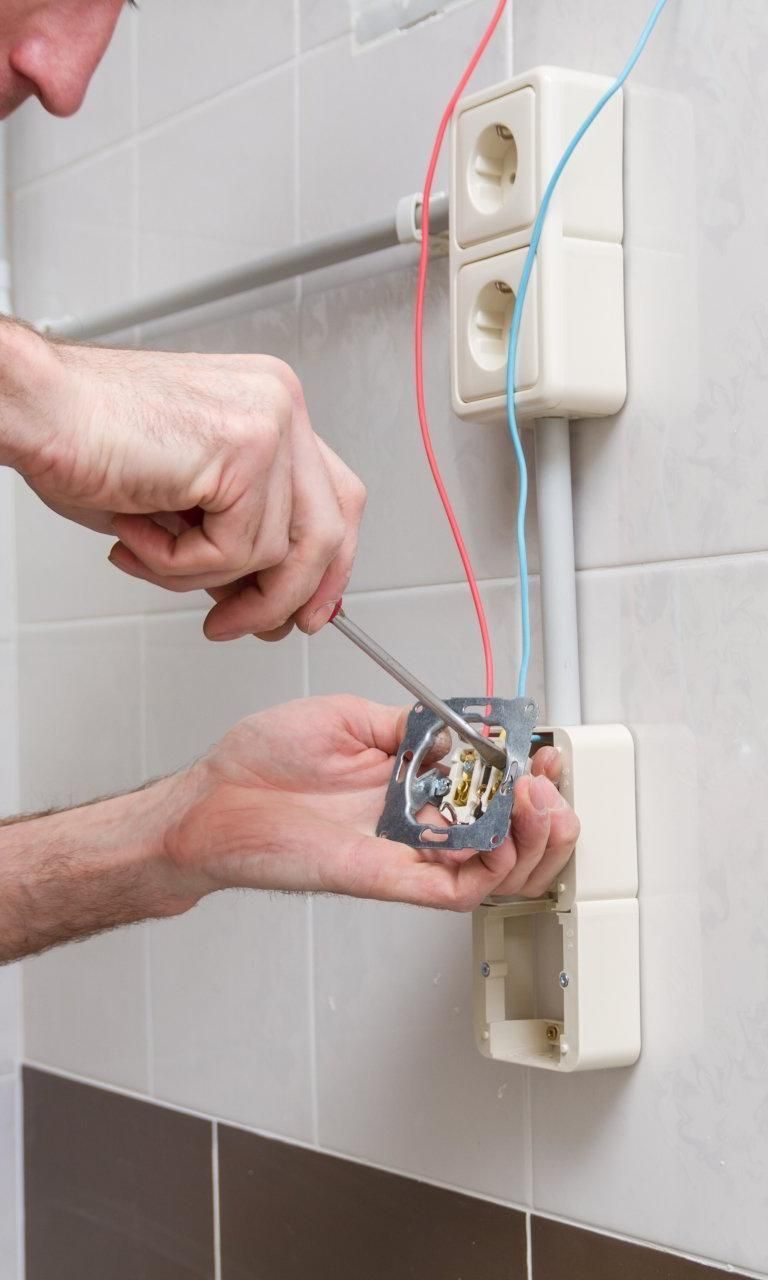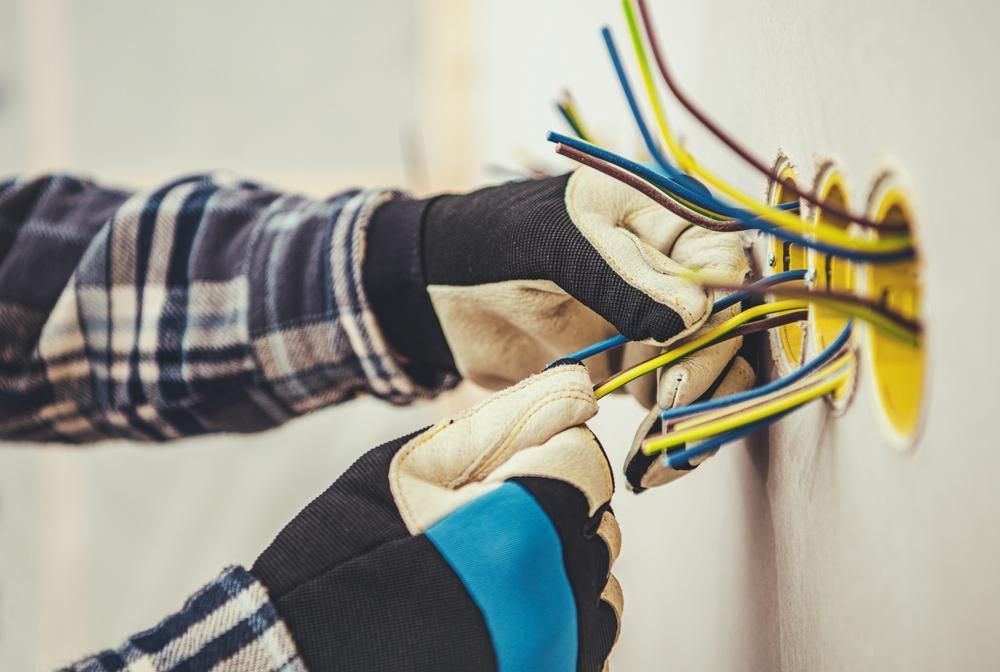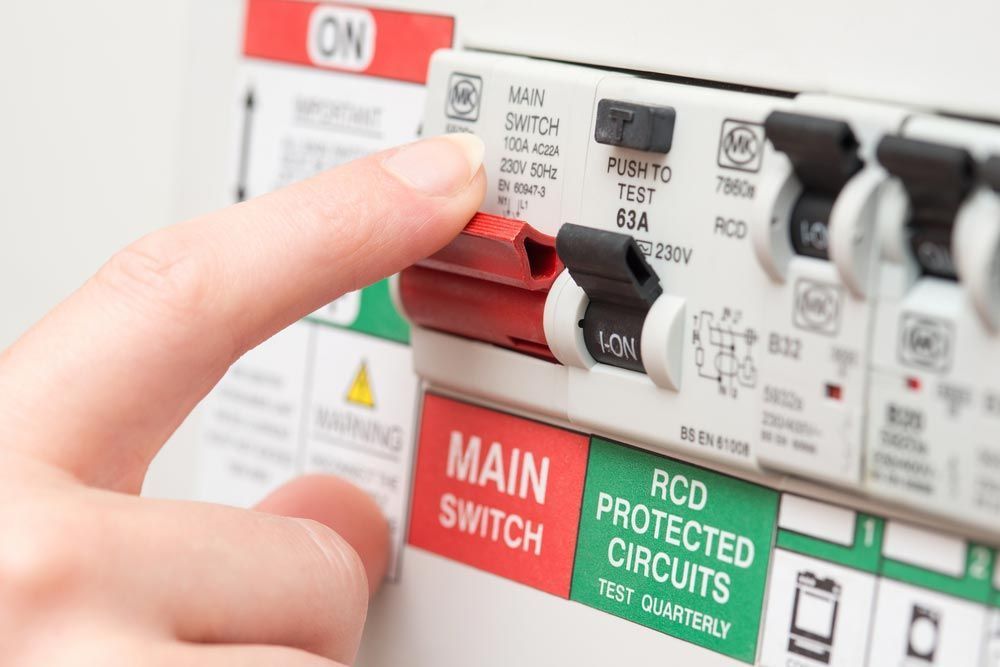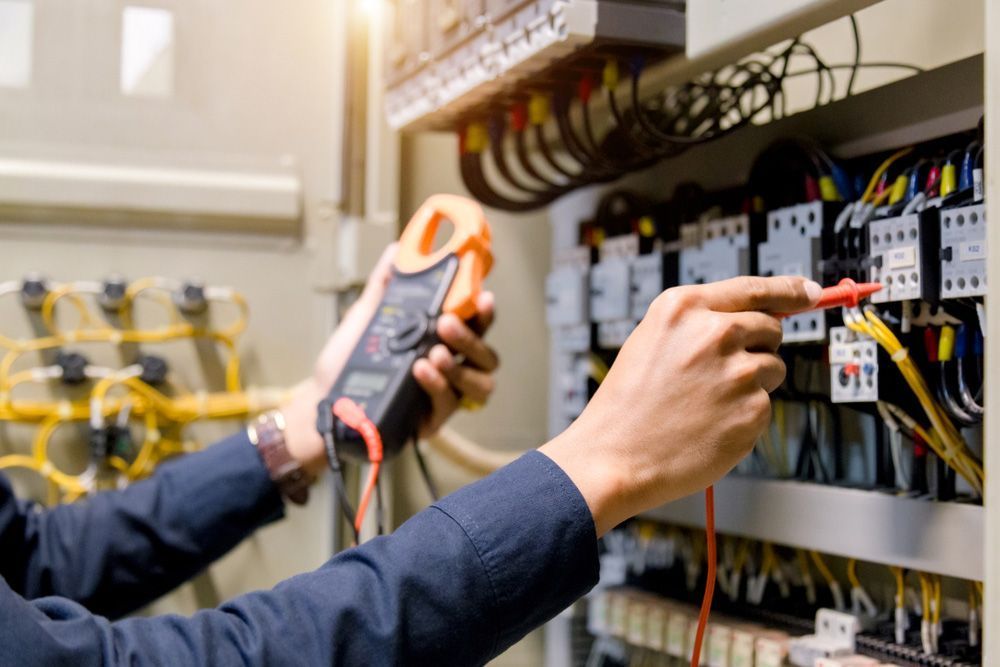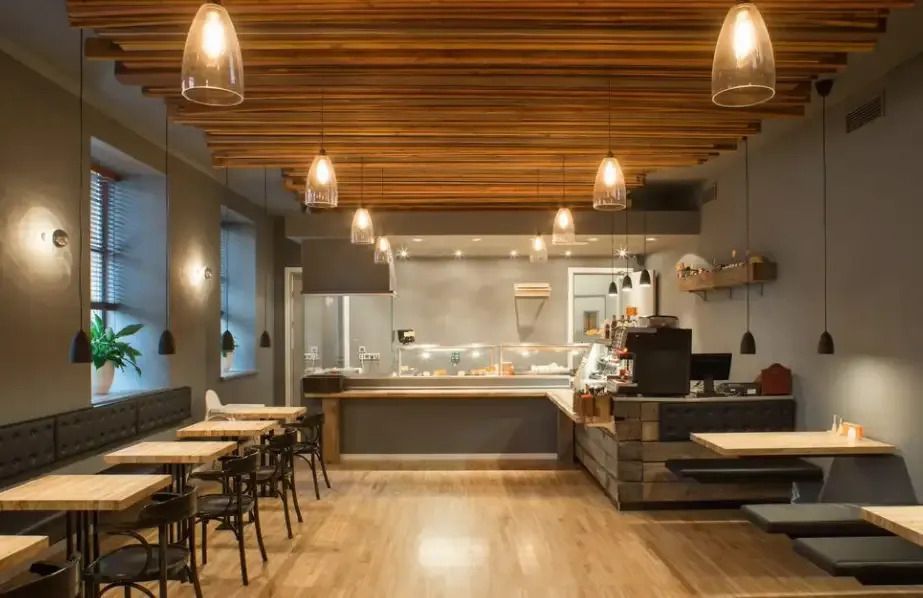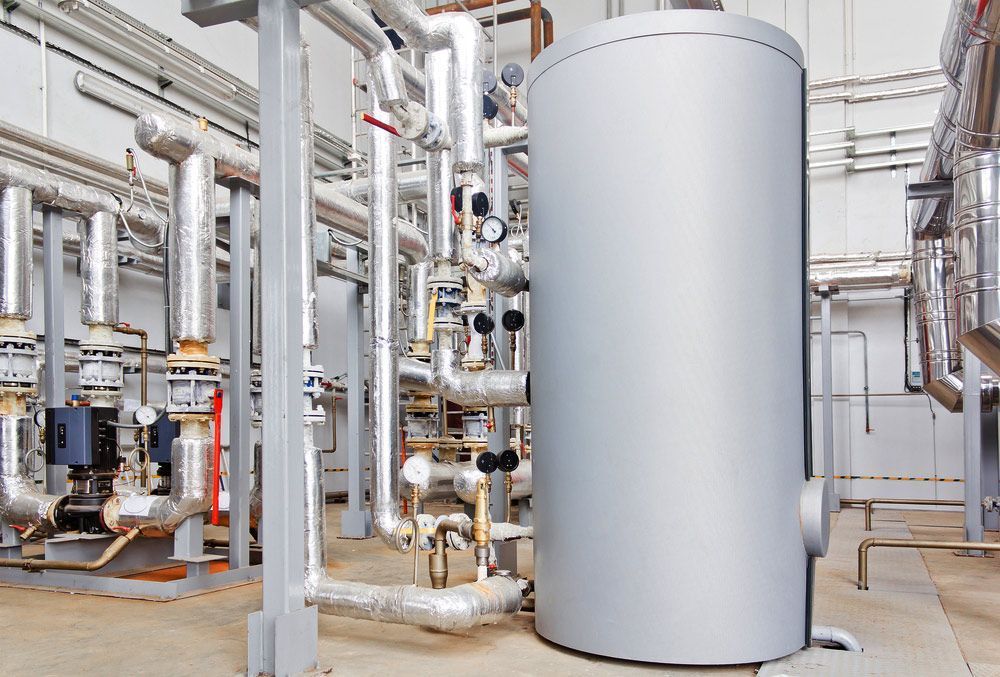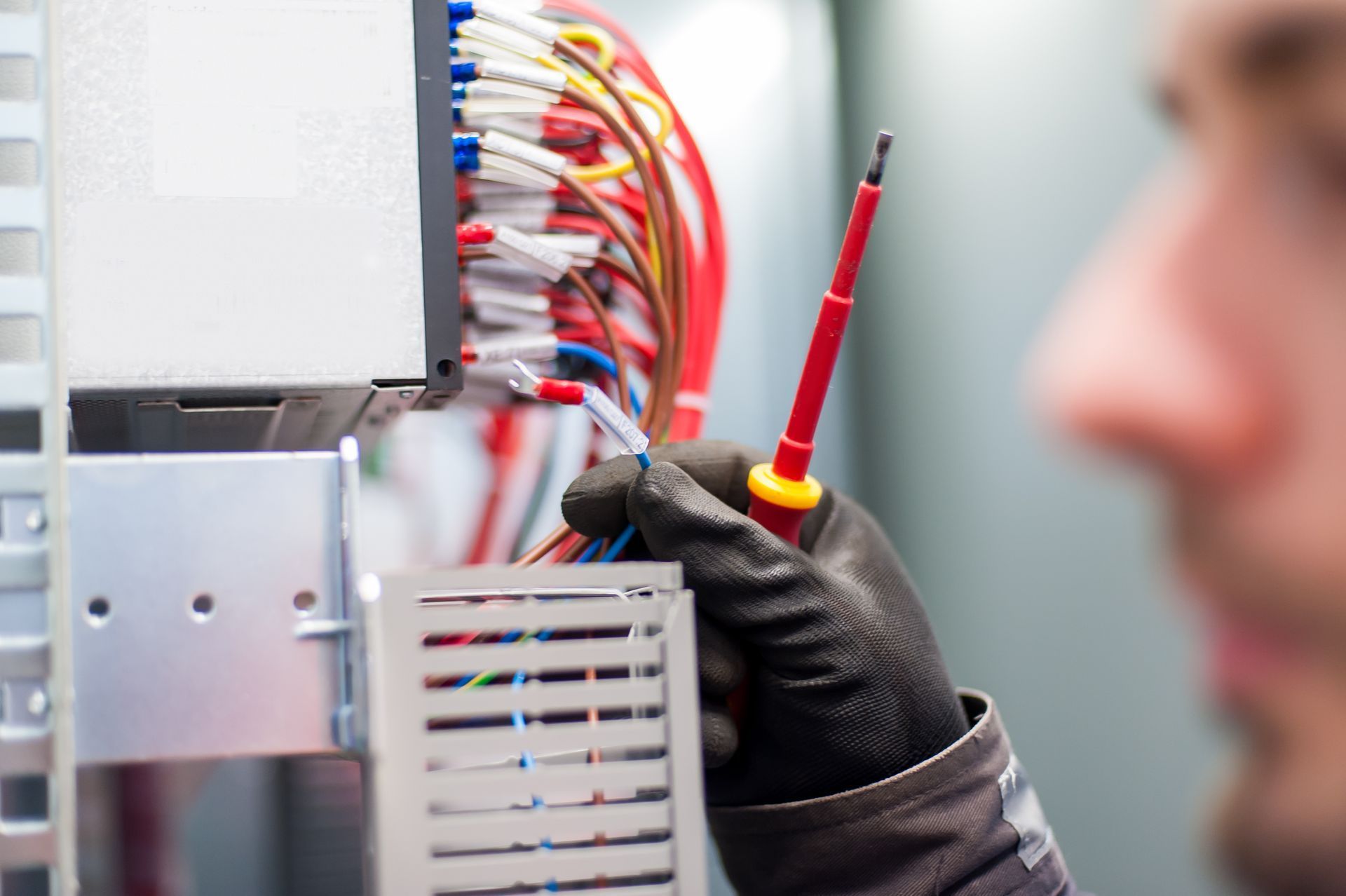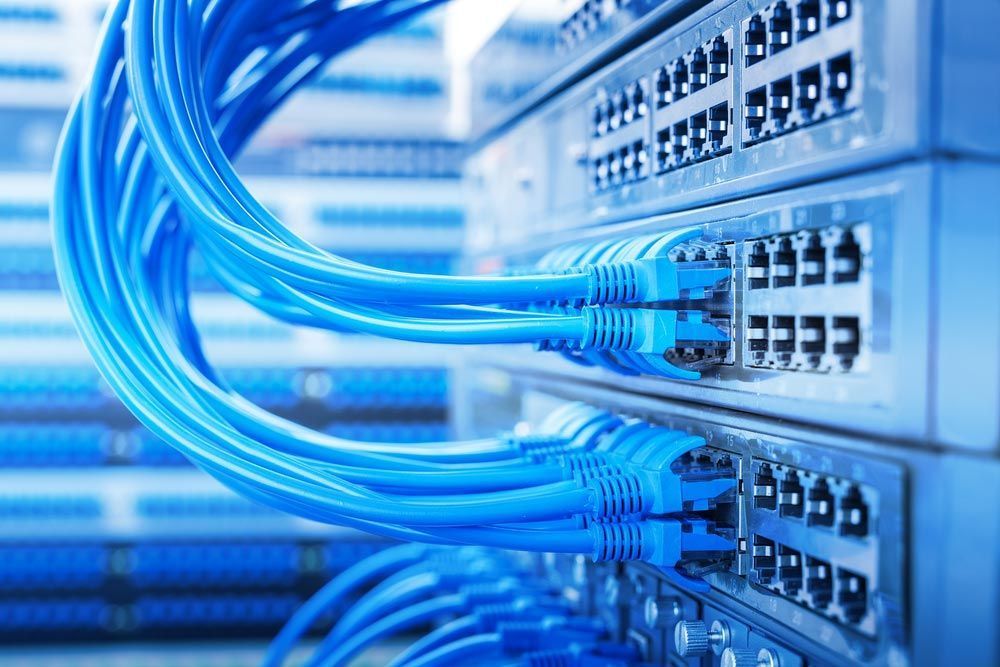Why Upgrading Your Switchboard Is Essential
As energy demands continue to grow in homes and businesses, many people turn to licensed electricians to keep their electrical systems safe and reliable. At the heart of every electrical setup is the switchboard—the control hub that distributes power throughout a property. If it’s outdated or overloaded, the risks can be significant.
So, what is a switchboard upgrade, and why do you need one? Let’s break it down.
What Is a Switchboard Upgrade?
A switchboard is the unit that directs electricity from the main supply to the various circuits in a property. It houses safety devices such as circuit breakers, fuses and residual current devices (RCDs), which protect both people and appliances.
A switchboard upgrade involves replacing old or undersized units with a modern board that can handle today’s electrical demands. Upgrades typically include:
- New circuit breakers and RCDs
- Replacing outdated ceramic fuses
- Adding more circuits for new appliances
- Ensuring compliance with current safety standards
This isn’t a cosmetic improvement—it’s a critical safety measure that protects your property, your family or your staff.
Why Do I Need a Switchboard Upgrade?
There are several reasons why upgrading your switchboard is essential.
1. Improved Safety
Old switchboards often rely on ceramic fuses, which don’t provide the same level of protection as modern circuit breakers. These fuses can overheat or fail to disconnect quickly enough during a fault, increasing the risk of fire or electric shock.
Upgraded switchboards use RCDs, which instantly shut off power if they detect leakage current, protecting people from electrocution. This is especially important in homes with children or businesses where staff and customers are present.
2. Meeting Modern Power Demands
Today’s households and workplaces use far more electricity than they did even 20 years ago. Air conditioning, smart devices, electric vehicle chargers and modern appliances all place extra load on the system.
An outdated switchboard may not be able to cope with these demands, leading to tripping circuits, flickering lights or overheating. A modern switchboard ensures consistent supply and reduces nuisance outages.
3. Compliance With Current Standards
Electrical regulations evolve over time, and many older properties no longer meet current safety codes. Non-compliance can create insurance issues and leave property owners liable in the event of an electrical fault.
A switchboard upgrade brings your property in line with today’s requirements, offering peace of mind that your system meets the latest safety benchmarks.
4. Supporting Future Growth
For businesses, expansion often means more equipment, lighting and technology. For homeowners, it could mean a renovation, new kitchen or installing solar panels. In both cases, an outdated switchboard can become a barrier to progress.
By upgrading, you ensure that your electrical infrastructure can support these additions without the risk of overload.
Signs You Might Need a Switchboard Upgrade
It’s not always obvious when your switchboard is due for replacement, but some warning signs include:
- Circuits tripping frequently
- Fuses that blow often
- Buzzing noises or a burning smell near the switchboard
- Lights flickering under load
- Limited or no safety switches installed
- An older property with its original switchboard still in place
If you notice any of these issues, it’s time to consult a licensed electrician.
The Dangers of Delaying an Upgrade
Ignoring an outdated or faulty switchboard doesn’t just risk inconvenience—it can have serious consequences. Electrical fires, shocks and equipment damage are all potential outcomes. In commercial environments, downtime caused by electrical failures can also mean lost productivity and revenue.
Considering the relatively low cost of an upgrade compared to these risks, delaying the work is rarely worth it.
What Happens During a Switchboard Upgrade?
For many property owners, the thought of electrical work can seem daunting. Understanding the process makes it much clearer.
- Initial inspection – A licensed electrician will assess the existing switchboard, wiring and load requirements to determine the scope of the upgrade.
- Power disconnection – Electricity is safely shut off before any work begins.
- Removal of old components – Outdated fuses or breakers are carefully removed and disposed of.
- Installation of new switchboard – A modern board with circuit breakers and RCDs is fitted, often with additional circuits to allow for growth.
- Testing – Each circuit is thoroughly tested to ensure proper function and compliance with safety regulations.
- Certification – The electrician provides documentation confirming the work meets Australian standards.
For most residential jobs, the process can be completed within a day. Commercial upgrades may take longer depending on size and complexity, but the result is always a safer, more reliable system.
Switchboard Upgrades for Homes vs Businesses
Although the principles are the same, the needs of residential and commercial properties often differ.
Residential properties
Homeowners usually require upgrades because of lifestyle changes or ageing infrastructure. Common triggers include:
- Adding air conditioning systems
- Renovating kitchens or bathrooms
- Installing solar panels or battery storage
- Increased use of electronics and smart devices
The priority is protecting family safety while ensuring the home can handle modern living demands.
Commercial properties
Businesses, on the other hand, often need higher-capacity switchboards to support large equipment, lighting and multiple circuits running simultaneously. Key considerations include:
- Reducing downtime by preventing tripped circuits
- Ensuring compliance with workplace safety laws
- Supporting growth with room for future expansion
- Meeting insurance requirements for commercial operations
For both homes and businesses, the common thread is that an upgraded switchboard prevents hazards and ensures smoother day-to-day operations.
Why Hire a Licensed Electrician for Switchboard Upgrades?
A switchboard upgrade is not a DIY job. It involves working directly with the property’s main power supply, which requires extensive training and licensing. Hiring a licensed electrician ensures that:
- The installation is safe and compliant with regulations
- The right components are chosen for your property’s needs
- Testing and certification are completed correctly
- You remain covered by insurance and warranty protections
Attempting the work yourself, or hiring an unqualified contractor, can void insurance and expose you to serious legal and safety risks.
The Role of an Electrician in Future-Proofing Your Property
Beyond safety and compliance, a skilled electrician can also help you plan for the future. By assessing your energy usage and growth plans, they can recommend:
- Additional circuits for new appliances or technology
- Compatibility with solar installations or battery storage
- Energy-efficient solutions that reduce long-term costs
- Smart distribution systems to balance loads effectively
This ensures your switchboard isn’t just fit for today but ready for tomorrow as well.
Need a Switchboard Upgrade in Ballina?
Switchboard upgrades are not optional extras—they’re essential to keeping homes and businesses safe, compliant and capable of handling modern energy demands. Whether it’s protecting your family, safeguarding your equipment or preparing your property for the future, a modern switchboard is an investment in peace of mind.
If you’re wondering “what is a switchboard upgrade” or asking yourself “why do I need a switchboard upgrade”, speaking with a qualified professional is the first step. For anyone searching for a reliable Electrician in Ballina, Peter Gow Electrical offers professional switchboard upgrade services along with a full range of electrical solutions.
With the right advice and installation, you can feel confident your electrical system is safe, compliant and ready for the demands of the future.

